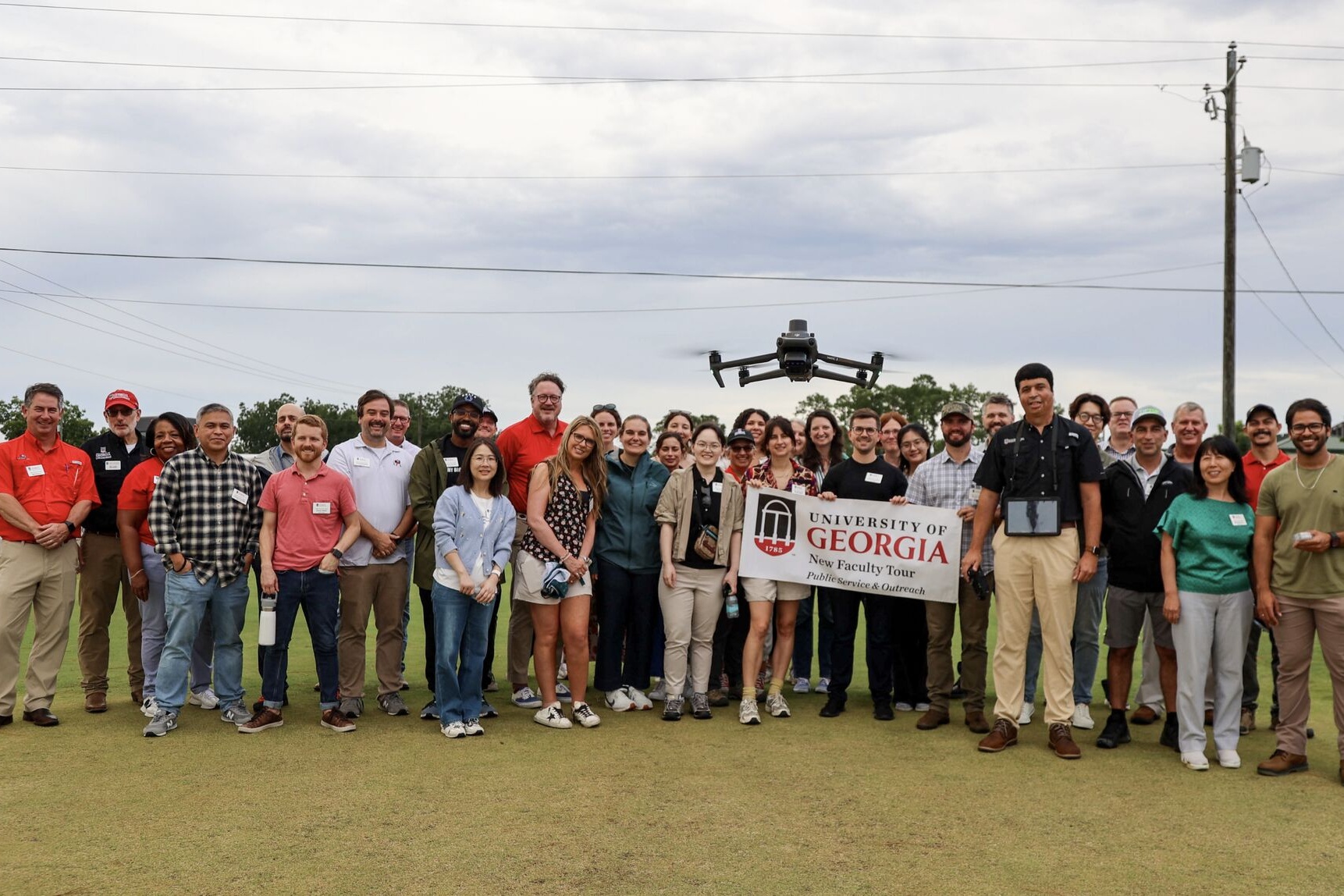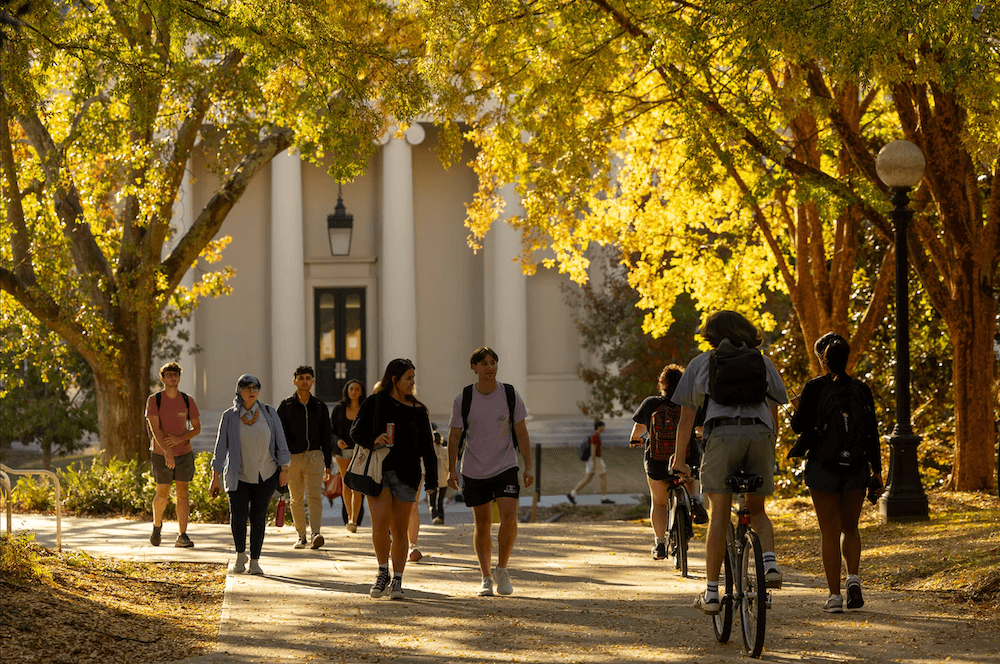The new ‘Kiowa’ blackberry may be just the fruit for people who love blackberries
but hate having to pick so many to make a cobbler, said a University
of Georgia expert.
“This berry is a real size breakthrough,” said Gerard Krewer, a
horticulturist with the UGA College of Agricultural and
Environmental Sciences. “Kiowa berries weigh about 10 grams each and are bigger
than a quarter. Most other varieties are 5 to 6 grams each — about dime-sized.”
Kiowa’s release from the University of Arkansas is
just in time for Georgia bramble-planting season. Krewer said December to March is the
best time to put in new bramble plants, including blackberry and raspberry.
Kiowa is one of several new varieties of “erect” blackberries. Growers prune
these types into a hedge row without using a trellis.
“We recommend growers prune these types several times during the summer,”
Krewer said. These prunings result in a thick hedge of blackberries with the fruit on the
outside of the bush and away from the thorns.
Developed blackberry plants are less ferocious than the wild types found in woods or
fields. Krewer said blackberries are, essentially, weeds.
“And you have to manage them as such,” he said. “You have to keep them
pruned and the row middles mowed, or they can take over your yard or garden quickly.”
Kiowa has several characteristics that make it a great blackberry for Georgia. UA
scientist James N. Moore developed it at the Hope, Ark., experiment station, which is at
about the same latitude as Griffin, Ga.
“It appears to be an excellent blackberry for both home gardens and pick-your-own
fruit operations in Georgia,” Krewer said.
But don’t look for these monster berries the first year after planting. Blackberries
take two years to fruit and three years to produce a full crop.
“Blackberry canes have a two-year growth and fruiting cycle,” Krewer said.
“Like so many fruits, they produce berries on last year’s plant growth. “
From root cuttings or plants set during the winter, the plants grow canes. These canes
grow one year, then fruit and die the next year. While that year’s canes are fruiting, new
canes emerge for the next year’s crop.
Though it’s still fairly early in the testing phase, Krewer is excited about the
prospects for this new blackberry in Georgia.
You can learn more about growing and managing Kiowa and other bramble fruits on the
World Wide Web at <pubs.caes.uga.edu/caespubs/pubcd/C766.htm.



